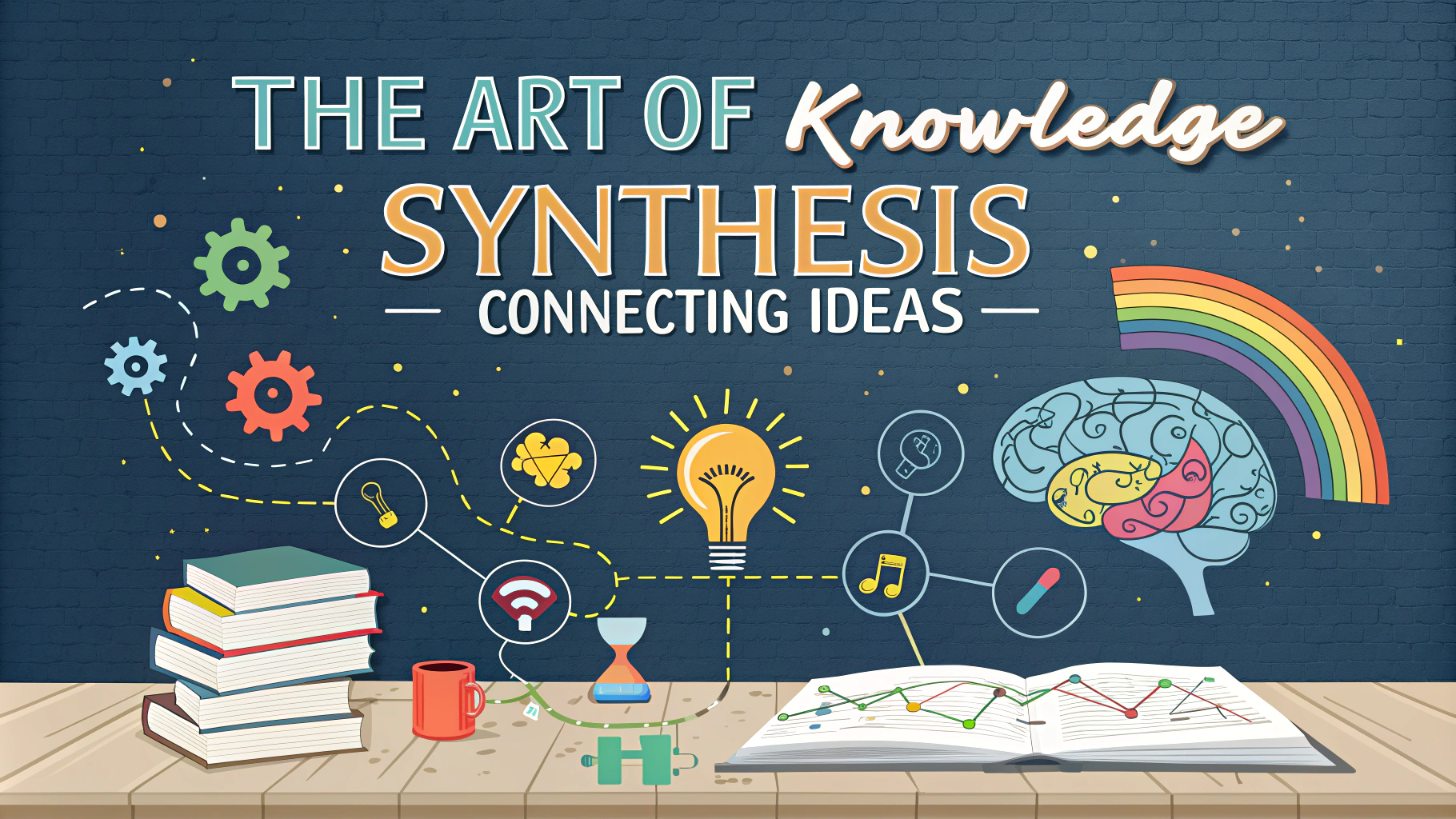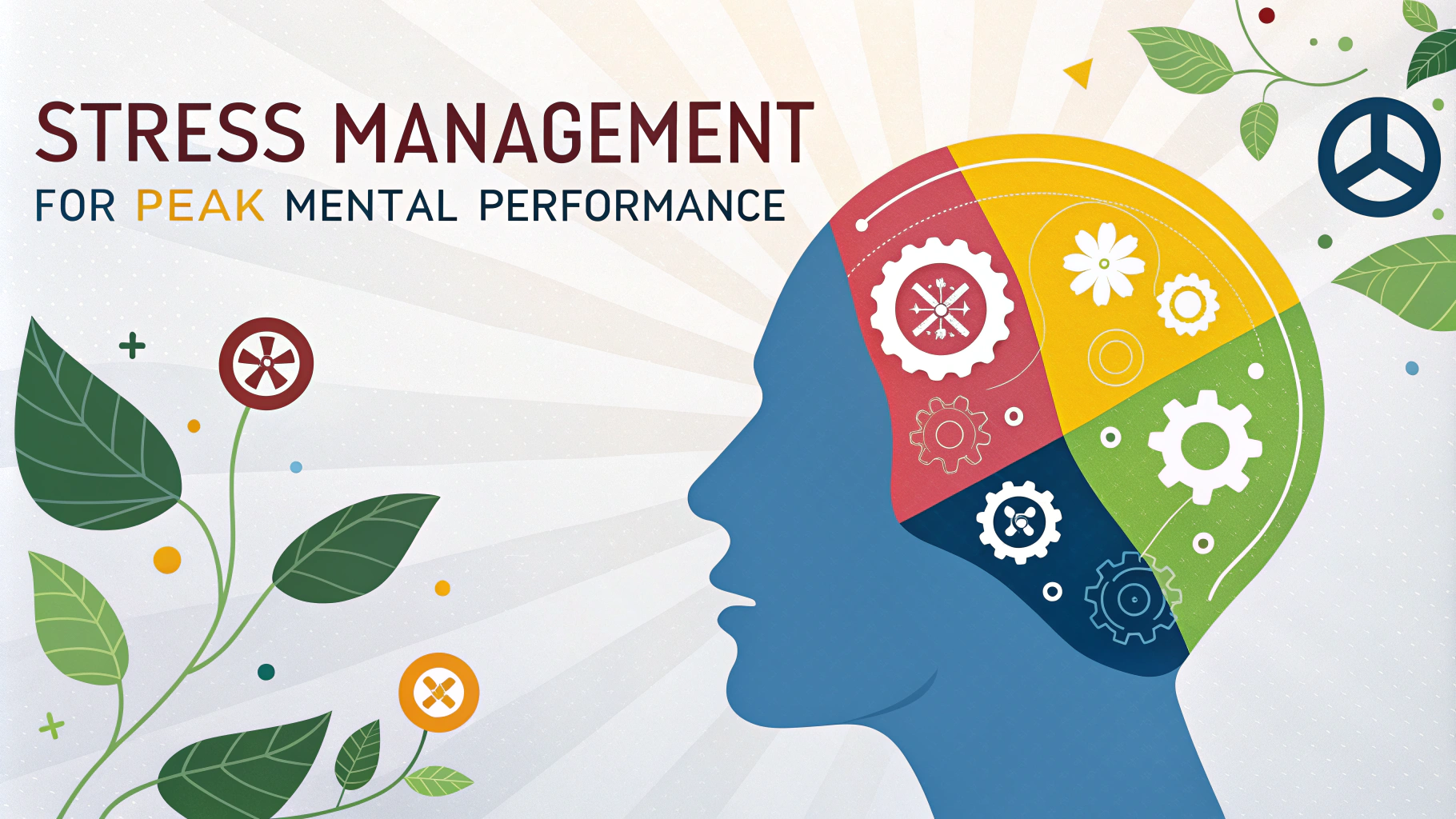The Zettelkasten method transforms how you process and retain information by creating an interconnected web of knowledge notes.
What is the Zettelkasten Method?
Zettelkasten (German for “slip box”) is a note-taking system developed by sociologist Niklas Luhmann, who used it to write over 70 books and 400 scholarly articles.
Core Components
- Fleeting Notes: Quick, temporary captures of ideas
- Literature Notes: Summaries of what you read
- Permanent Notes: Refined, atomic ideas linked to others
Getting Started With Zettelkasten
Start with these essential steps:
- Choose your tools:
- Digital: Obsidian, Roam Research, or DEVONthink
- Analog: Index cards and a filing system
- Create an identification system:
- Timestamp (202312141023)
- Category-based (LRN001)
Key Principles
- Atomicity: One idea per note
- Connectivity: Link related ideas
- Emergence: Let patterns form naturally
Practical Tips
- Write notes in your own words
- Create meaningful links between ideas
- Review and refine regularly
- Focus on quality over quantity
Common Mistakes to Avoid
- Creating too many categories
- Copying text verbatim
- Not linking notes
- Overthinking the structure
Tools and Resources
| Tool | Best For | Price |
|---|---|---|
| Obsidian | Local storage, markdown | Free |
| Roam Research | Collaborative work | $15/month |
| Notion | All-in-one workspace | Free-$8/month |
Next Steps
Start small with these actions:
- Choose your preferred tool
- Create 3-5 notes about a topic you’re learning
- Practice linking these notes
- Review after one week
Additional Resources
- Zettelkasten.de – Official community
- Obsidian Forum – Technical support
- Roam Research Help – Documentation
Daily Practice
Developing a consistent Zettelkasten practice requires deliberate habits and regular maintenance.
- Set aside dedicated time for note processing
- Review connections weekly
- Update links as your knowledge grows
- Archive outdated or irrelevant notes
Advanced Techniques
Note Structures
- Hub notes for main concepts
- Overview notes for projects
- Index notes for navigation
Knowledge Synthesis
- Create concept maps
- Develop argument chains
- Build topic clusters
Measuring Progress
Track these key indicators to evaluate your Zettelkasten’s growth:
- Number of meaningful connections
- Quality of insights generated
- Ease of finding information
- Writing output frequency
Conclusion
The Zettelkasten method is more than a note-taking system—it’s a knowledge management approach that grows with you. Success comes from consistent practice, meaningful connections, and patient development of your personal knowledge network.
Remember
- Stay consistent with your practice
- Let your system evolve naturally
- Focus on creating value
- Trust the process
FAQs
- What exactly is the Zettelkasten Method?
The Zettelkasten Method is a note-taking and personal knowledge management system developed by German sociologist Niklas Luhmann, which uses atomic notes (individual ideas) connected through links to create a network of knowledge. - How is Zettelkasten different from traditional note-taking?
Zettelkasten focuses on creating interconnected, atomic notes rather than linear or hierarchical notes, allowing for emergent thinking and creative connections between ideas across different topics and subjects. - What are the core components of a Zettelkasten system?
The core components include fleeting notes (temporary thoughts), literature notes (from reading materials), permanent notes (processed ideas), unique identifiers for each note, and a system of links between notes. - Can Zettelkasten be implemented digitally?
Yes, Zettelkasten can be implemented using digital tools like Obsidian, Roam Research, or DEVONthink, which offer features for creating linked notes and maintaining a digital knowledge database. - How does Zettelkasten accelerate learning?
Zettelkasten accelerates learning by forcing active engagement with material, creating meaningful connections between ideas, and building a personalized knowledge network that grows organically over time. - What’s the principle of atomicity in Zettelkasten?
Atomicity means each note should contain one clear, standalone idea that can be understood without context, making it easier to create connections and retrieve information later. - How do you create effective links in a Zettelkasten?
Links are created by identifying conceptual relationships between notes, using direct links, hub notes for related topics, and indexes to organize clusters of related information. - What’s the difference between a Zettelkasten and a Second Brain?
While both are personal knowledge management systems, Zettelkasten specifically focuses on atomic notes and emergent organization, while Second Brain (coined by Tiago Forte) encompasses a broader methodology for managing digital information. - How long does it take to see benefits from using Zettelkasten?
Initial benefits can be seen within a few weeks of consistent use, but the true power of the system emerges after several months when the network of notes becomes sufficiently dense with connections. - Should I use tags or folders in my Zettelkasten?
While folders can be used minimally, the Zettelkasten method primarily relies on links and tags for organization, as they allow for more flexible and organic connection-making between ideas.








